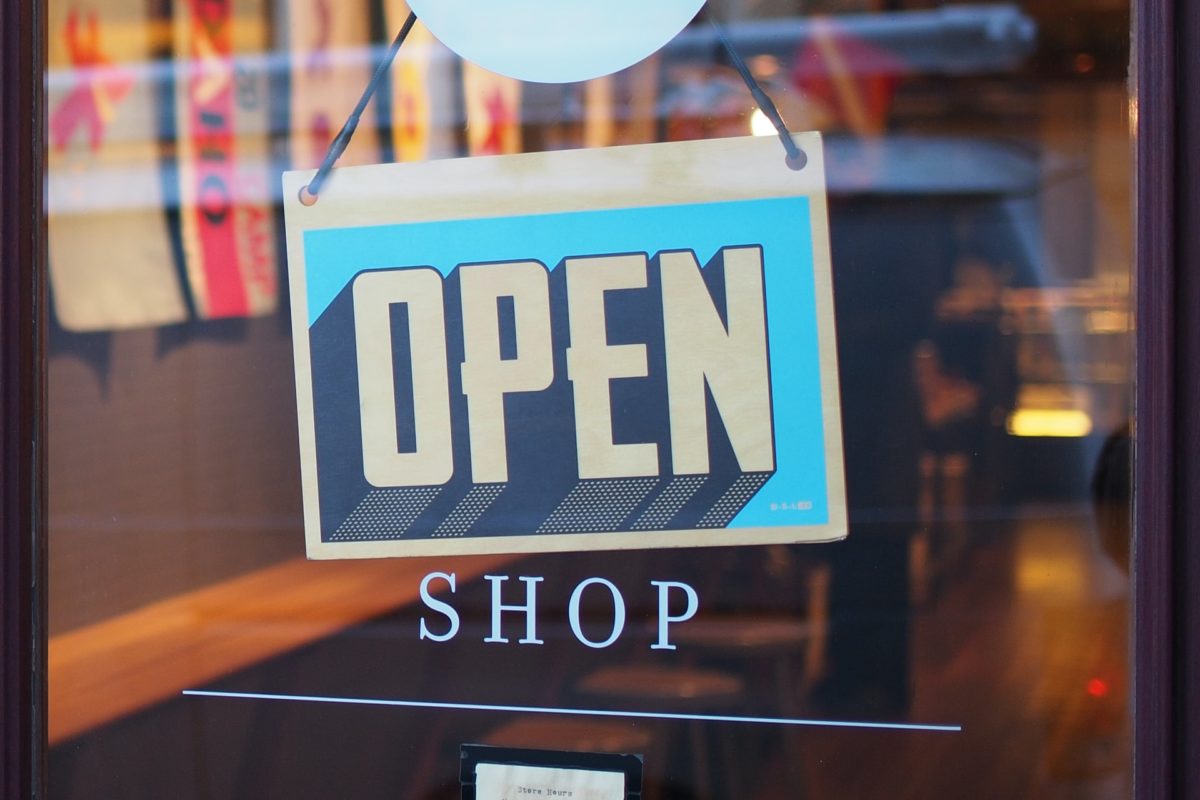The pandemic has had several effects on the retail industry and its customers.
It’s forced retailers to bring forward digital transformation plans as they try to meet the surge in demand for ecommerce. The US saw a 50% growth in ecommerce in April alone (and a 100% increase in online grocery sales). In the UK, the Office for National Statistics found a massive spike in internet sales between April and May.
Businesses need to be part of this transformed retail environment.
The pandemic has had a variety of effects on consumers. As well as leading us to do more online shopping, GlobalData reports that people realise that they can do without certain things. Meanwhile, others are keen to get back to the shops, with analysts at Mintel finding that people are craving their pre-pandemic comforts.
There’s no doubt that we’re seeing a very mixed picture as lockdowns ease, but we see four distinct trends coming out of the first wave of the pandemic.
1. Retailers will adapt online shopping to cater to impulse purchases
Online shopping is usually quite a process-driven affair from the retailer’s side of things, with things like optimised sites, algorithm-generated recommendations and retargeting being some of the main ways of pushing people through the sales funnel.
But with online shopping becoming increasingly important to people, we’ll start to see retailers try to bring the impulsiveness of offline shopping into the digital world. They’ll do this using emotion-driven advertising and creative social content designed to make us want to buy in the moment.
By focusing on emotional content, retailers will be able to create shoppable content that people want to share with their friends on social media.
2. Bricks and mortar retailers will invest more in the in-store experience
We’re seeing mixed responses to non-essential stores opening up. Some people are queueing outside their favourite stores at 5am, while others are shunning the physical retail experience completely.
Retailers will have to manage the anxiety around public spaces as people who have been in lockdown for months wonder if it’s worth the risk to shop in person. YouGov found that 46% of respondents to its survey said they’d be uncomfortable going to clothing stores.
Physical retailers will need to address this by providing additional reasons to visit their stores, such as sensory experiences or VIP treatment, where customers book appointments to browse the shop in a socially distant way.
3. Social media will continue to adjust to meet changing consumer habits
Shoppable ads are becoming more widely available on social media, with YouTube introducing them to the platform recently. However, as retailers have seen on Instagram, having a shoppable ad doesn’t guarantee results.
YouTube stands a good chance of creating that impulse purchase urge with its recommended video system, but what all retailers need to consider is how engaging and emotive that advert is.
People are engaging with sports content in great numbers on Instagram. It’s because they’re passionate about their teams. Retailers can emulate this by playing with emotional themes in their work.
4. Digital wallets will grow in popularity
As people get used to venturing out more, they may be keener to use the digital payment methods they used online in physical stores.
However, Apple Pay and Google Pay still aren’t accepted in the majority of brick and mortar stores (many online stores are lagging behind here too).
But there is demand there. People are paying each other digitally, with Venmo and Cash making significant inroads in the past year in private transactions between people, and WhatsApp trialling digital wallets in Brazil. (These apps are becoming even more popular due to online fundraisers around LGBTQ+ and BLM campaigns.)
Retailers should consider how they can start introducing digital payment methods now and get ahead of the curve.






Leave a Reply